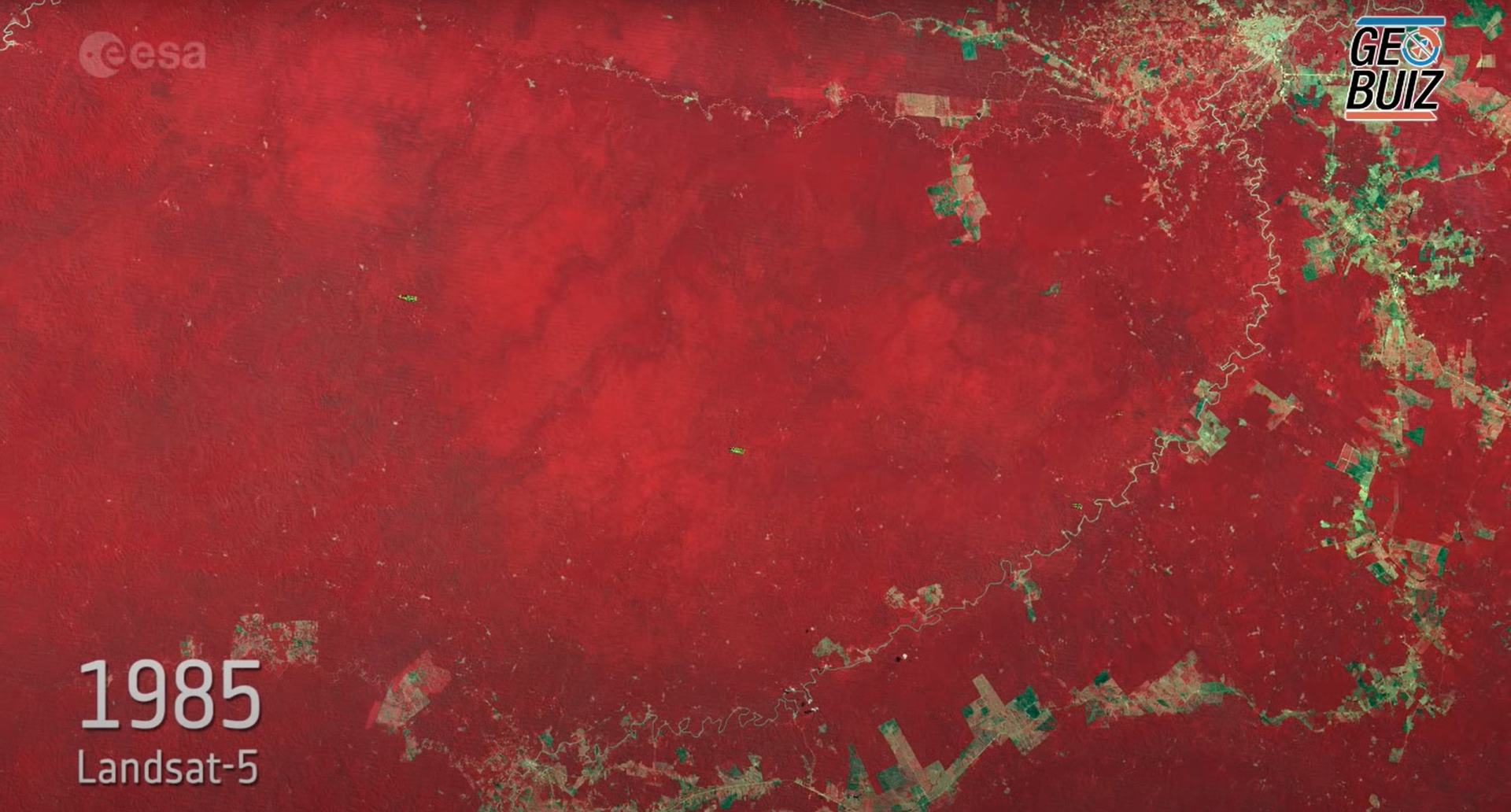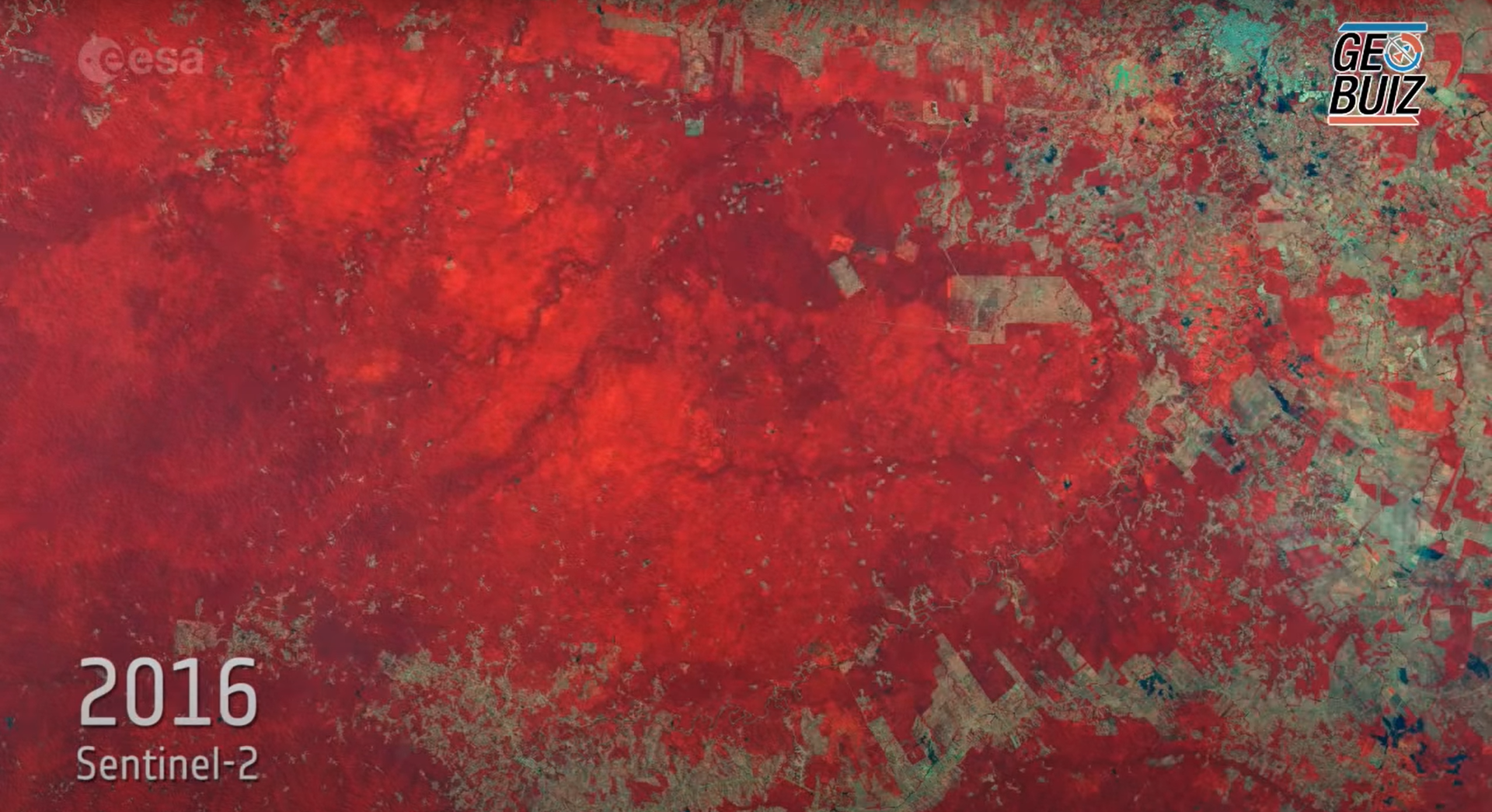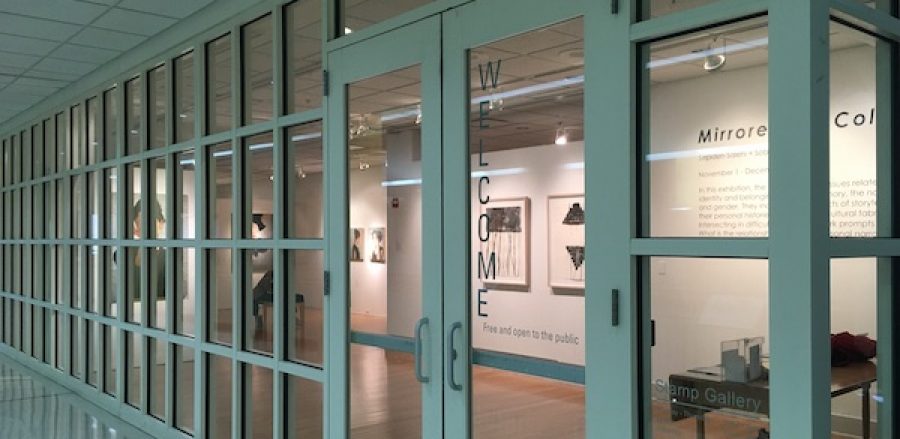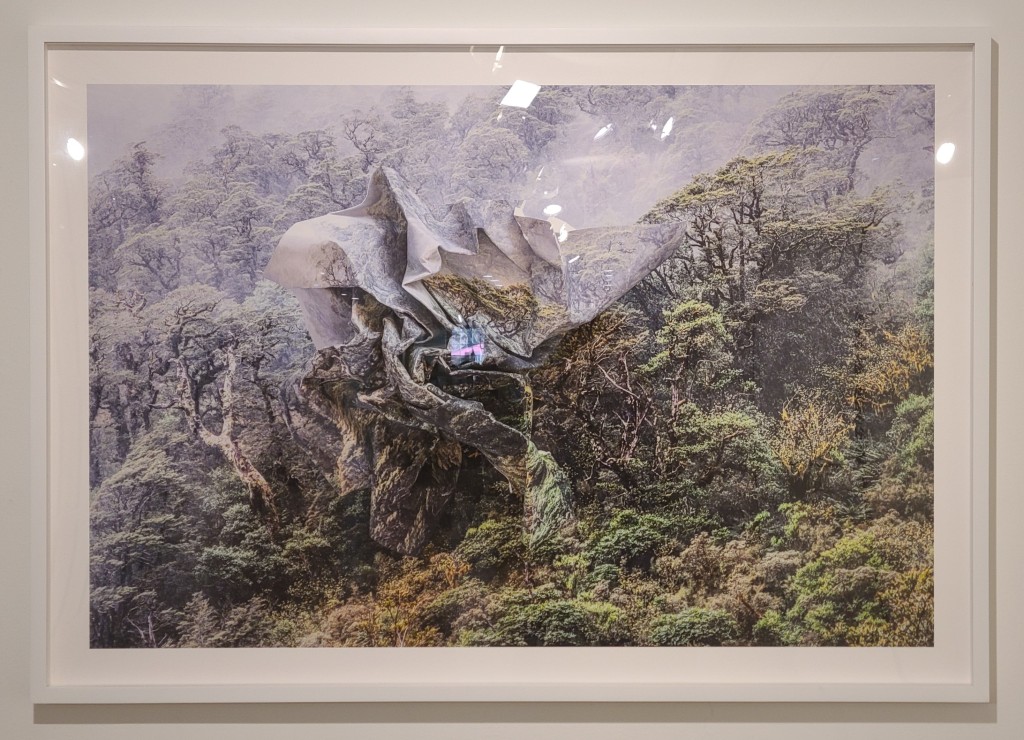Natural Fragility from Argentina to Greenland and Beyond; Ingrid Weyland’s Topographies of Fragility V as a warning about the impacts of overusing Earth’s resources
Posted: September 11, 2023 Filed under: Contemporary Art Purchasing Program (CAPP), Current Exhibition, Uncategorized | Tags: climate change, Contemporary Art, photography, stamp gallery, University of Maryland Leave a commentTopographies of Fragility V from August 28th to September 30th, 2023, at The Stamp Gallery | University of Maryland, College Park | Written by James Cho
Mounted on a wall in the latter half of the Gallery facing visitors as they enter the exhibit is Ingrid Weyland’s Topographies of Fragility V archival pigment print. Born from a return trip across the world where she witnessed how unchecked human abuse of the natural world, Fragility V stands as an outcry against humanity’s role in climate destruction.
Akin to many before and after photos, Weyland masterfully bridges the past and present in Fragility V. By layering a scrunched-up copy of the print on top of a flat version, Weyland symbolises the destruction of nature in how the untouched beauty of an Argentinian forest she visited in the past has deteriorated since then. In the same way that Weyland scrunched up the identical print beyond repair, visitors can observe how the damage done to this forest is practically impossible to restore, and ponder what it might have looked like during her initial visit.
Importantly, Weyland’s message extends beyond Argentina to the rest of the world, where humans both directly and indirectly impact the natural world. Places such as the Amazon rainforest, originally an area of nearly seven million square kilometres, has lost about twenty percent of its forests. Comparatively, that would be like if the US lost a natural environment the size of California and Kentucky put together. In the image comparison below of satellite captures of the rainforest in 1985 and 2016, the red indicates vegetation and is visibly reduced in the second image. As in the case with the forest in Topographies of Fragility V, the rainforests of the Amazon will likely never grow back, or if they do, it will be with difficulty. Deforestation of the trees disrupts the symbiotic relationship that the trees have with organisms in the soil. Namely, these organisms in the soil or on the roots of the trees provide hard-to-gather nutrients to the trees like nitrogen from the decomposing biomass (since the soil itself is close to infertile) in exchange for a portion of the energy that the trees get from photosynthesis. The loss of the trees leads to the death of this niche set of organisms, meaning that regrowing a rainforest may be near-impossible due to the loss of this previously natural symbiosis. The comparisons may not seem mind-blowing in the before/after images below, but remember that these photographs were taken by satellites that are far above the earth!


Similarly, Greenland’s ice sheets have been losing 270 billion metric tons of ice every year. Below is a visualisation of that loss of ice by NASA since 2002 alone, which shows how over the course of the life of many college students at UMD today, water levels from this ice loss have increased dramatically.
By providing us with a visual representation of the dire situation we find ourselves in across the globe, Weyland’s Topography of Fragility V represents what we cannot allow to continue. Because it is not What We Do After we reach the tipping point of deforestation, ice sheet melting, or climate change as a whole, but What We Do Before that matters. Before we lose not only the trees, but also the animals and other wildlife that depend on the environment formed by the trees. Before the rising water levels produced by the melted ice sheets engulf or partly engulf cities like Annapolis, London, Shanghai, Mumbai, Tokyo, and the like underwater by 2050—which doesn’t account for countries that are already facing high floods or are partly underwater already, nor for other natural wonders like the Great Barrier Reef that faces total destruction within our lifetimes.

